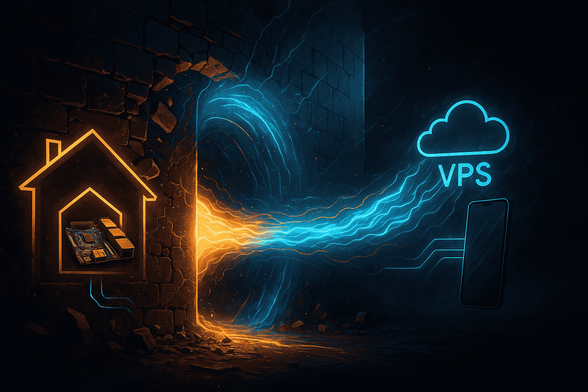My latest blog post is talking about how I have configured a #tunnelbroker on my #mikrotik thanks to #route64
Now I'm a happy owner of a #ipv6 subnet
#networking #homelab #selfhosted #wireguard #vpn #cgnat
https://www.schwitzd.me/posts/mikrotik-tunnelbroker-with-route64/
Mikrotik - Tunnelbroker with Route64
For learning purposes, I started looking into IPv6. First, I enabled a Unique local address subnet to leverage K3s dual-stack on my Home Cluster. Then I thought it would be cool to be able to connect to my home from abroad, so I started investigating VPNs. It is at this point that I discovered that my ISP currently is only offering IPv4 behind CGNAT for mobile devices (My Mikrotik connects to internet over LTE. Surfing the web I learned about tunnel broker is a service that provides IPv6 connectivity over an existing IPv4-only internet connection by encapsulating IPv6 traffic inside IPv4 packets.

